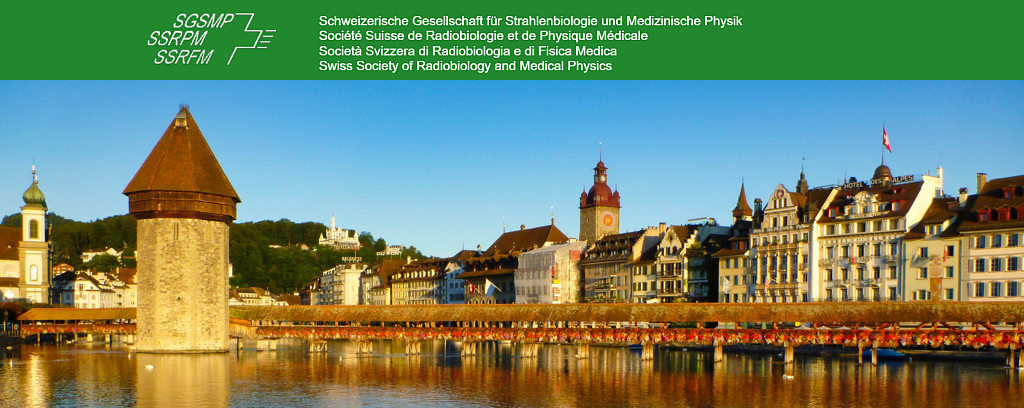Speaker
Description
Purpose To introduce JulianA, a novel algorithm for automatic treatment planning for proton therapy (PT). Its name combines our in-house treatment planning system, FIonA, with the Julia programming language.
Methods JulianA utilises a novel plan quality scoring system tailored to represent the clinical intent, encompassing prescribed dose levels and organ-at-risk (OAR) dose constraints. The algorithm requires only target levels and OAR threshold values as input. By optimizing this plan score, JulianA generates the final dose distribution. Validation was conducted through a retrospective planning study comprising six head-and-neck cases treated with PT using a simultaneous integrated boost delivery paradigm with prescribed dose levels 54.12 Gy, 59.4 Gy and 69.96 Gy at the Center for Proton Therapy. All parameters were derived from two patients within this dataset, eliminating the need for additional training data.
Results Automatically generated JulianA plans exhibited comparable quality to human-made reference plans. Target V95% differences between reference and JulianA plans were within a narrow range: -0.1% ± 1.5%, 0.1% ± 2.2%, and 1.2% ± 2.7% (mean ± standard deviation) for low, medium, and high-dose targets, respectively. JulianA consistently reduced maximum doses to the brainstem center, brainstem surface, chiasm, and retinae, as well as mean doses to the lacrimal glands in all patients. However, some OARs showed increased maximum or mean doses in at least one patient. JulianA’s worst performing endpoints were observed for mean dose to the right cochlea (increase of 0.6 ± 2 Gy) and maximum dose to the right temporal lobe (increase of 0.1 ± 2.7 Gy). The algorithm exhibited efficient planning times, with an average of 15.6 ± 5 minutes (maximum 23.3 minutes).
Conclusion Preliminary findings demonstrate that JulianA is capable of automatically generating head-and-neck treatment plans for PT comparable in quality to those created by human experts. Ongoing validation efforts, including assessment by radiation oncologists, aim to further evaluate JulianA’s potential in a clinical setting.

